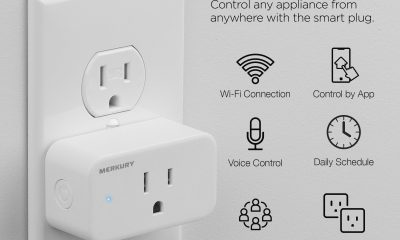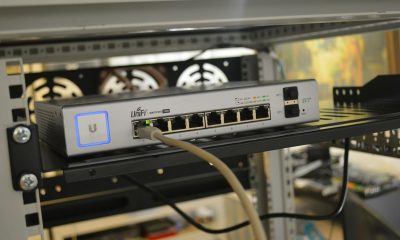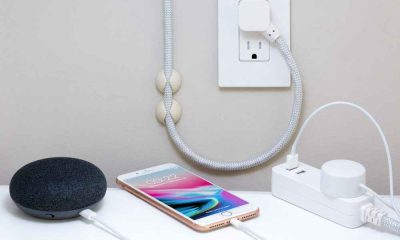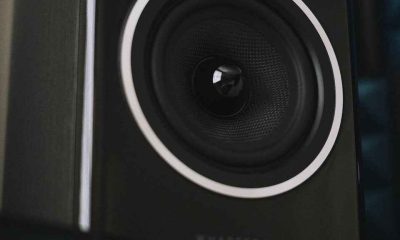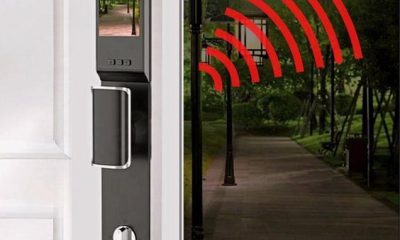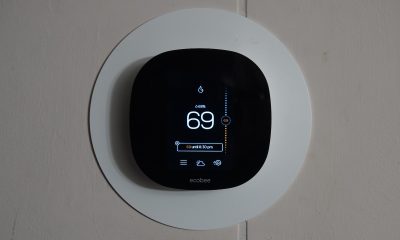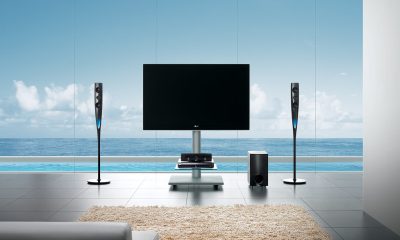Guides
What’s The Difference Between Ecobee Smart Sensor Vs Room Sensor?
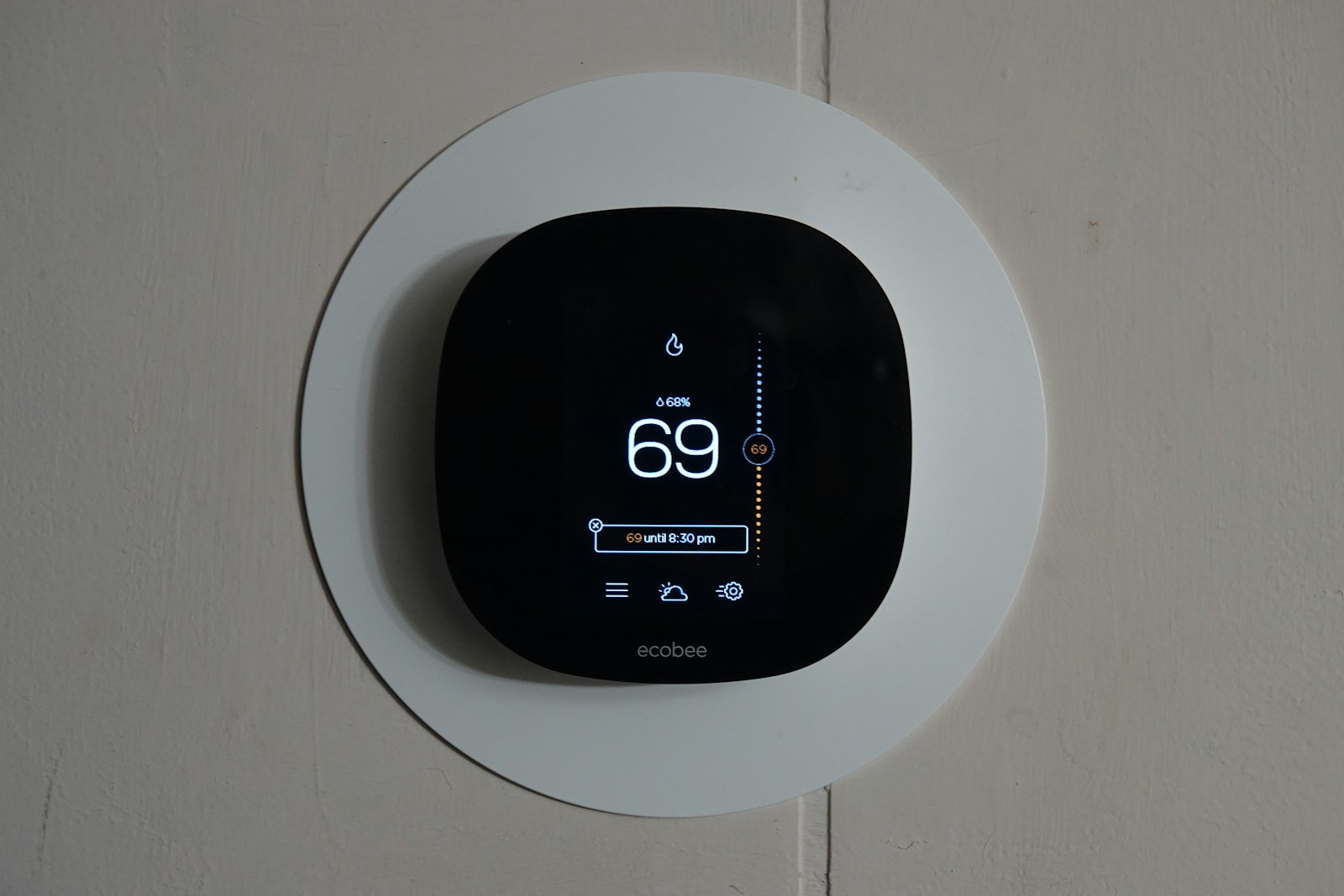
Comparing the Ecobee Smart Sensors to the Room Sensors reveals many key differences. One is a simple room sensor, as suggested by its name, while the other is a fully featured smart sensor.
If you’re in the market for a sensor, this article will compare and contrast the Ecobee Smart Sensor with those sold separately for use in individual rooms.
The sensors that come with your Ecobee smart thermostat (or any other brand) work in tandem with the thermostat to automatically detect the temperature in each room and determine when someone is present via motion sensors.
In this article, we’ll compare and contrast the Ecobee smart sensors and the room sensors that come with the Ecobee thermostat since both have improved with the popularity and sophistication of thermostats.
In-Room Ecobee Smart Sensors vs. Other Sensors
When comparing the Ecobee smart sensor to the room sensor, you’ll find that both serve a similar purpose, but the newer Ecobee smart sensor is smarter in implementing that purpose, making it more efficient at maintaining a comfortable environment.
We can safely say that the Ecobee smart sensor is the successor to the Ecobee room sensor, and when comparing the two, the most notable differences are the smart sensor’s sleeker redesign, longer battery life, wider viewing angle, and greater distance from the Ecobee thermostat.
Let’s compare the Ecobee smart sensors to the regular room sensors now;

-
Immunity for Pets
When comparing the Ecobee smart sensor to the room sensor, pet immunity is an essential factor to consider. Remember that sensors may pick up on motion and use that information to determine whether a room is inhabited; at this point, the thermostat can be set to your liking.
The problem is that the room sensors pick up on all sorts of movement, some of which may not even be human and could simply be your cat.
Meanwhile, the upgraded smart sensor’s enhanced occupancy detections contribute to its pet immunity functionality by reducing the number of false alarms set off by your dogs.
Ecobee also provides guidance on where to position sensors to avoid having pets trigger the occupancy detection function.
-
Conditional Prognosis
The smart sensor from Ecobee and the room sensor seem quite different.
Unlike its predecessor, the room sensor for the new smart thermostat has no discernible cutout to allow motion/occupancy detection and just the Ecobee branding on the right side.
The Ecobee smart sensor has a triangular base at the bottom, whereas the room sensor has a squared-off bottom. Each sensor displays a uniform white hue.
-
Quicker Reaction
Since we have established that the Ecobee smart sensor and the room sensor are functionally equivalent, with the smart sensor merely being able to perform better, there is still another way in which they differ.
Because it takes and broadcasts temperature and occupancy readings more often than the Ecobee room sensor, the Ecobee smart sensor can quickly identify issues.
The Ecobee smart sensor also uses 915MHz, but its quicker transmission speed enhances the performance of Smart Features like Follow Me and Smart Home/Away.
-
Extent of Talking
Because of factors like these, sensors installed at a considerable distance from your Ecobee thermostat may not be accurate or operate at all.
The sensors’ greatest usable range is 45 feet, whereas their range in the open air is likely 100 feet or more.
You may install your sensors anywhere within a 90-foot radius of your base unit if you put it in the middle of your house. Most homeowners will find that price range to be acceptable.
Remember that range will decrease as you get closer to obstructions like walls. You’re probably too far out if you’re at the edge of the network’s coverage and still have trouble connecting. Thus, readjust.

The Facts About Ecobee Smart Sensors
Having broken down the Ecobee Smart sensor’s distinctions from other types of room sensors. Here we’ll zero down on some interesting facts about your detectors.
- The motion detector included in the sensors lets Ecobee know which rooms are being used. They also have a temperature sensor that helps adjust the temperature to a constant, optimal level.
- If you’re curious about how motion detectors work, you should know they’re passive infrared detectors. That’s because they can detect motion in any lighting condition, thanks to the infrared light that all things emit.
- Since the wireless sensors are battery-operated, you may put them anywhere without worrying about running cables. The new Smart Sensors need a CR2477 battery, which should last 5 years, while the older room sensors may work on CR2032 batteries (the little silver coin-shaped cells) for 18 to 24 months. One further way in which the Ecobee smart sensor and the room sensor vary greatly from one another.
- Ecobee will notify you when the batteries are low and need to be replaced, so you won’t have to worry about forgetting to do so. Sensors’ battery life may be shortened by placing them in locations with a lot of foot traffic; hence Ecobee recommends against it. Both the smart Ecobee sensor and the room sensor have this capability.
- Finally, up to 32 sensors may be linked to a single Ecobee thermostat. I can’t think of a single scenario in which having access to that many sensors would be useful. Four sensors should be plenty if you don’t have a space bigger than the universe.
- This concludes our comparison of the Ecobee smart sensors and the room sensors. You may now confidently go toward one sensor while avoiding another.
FAQS
What is the purpose of the Ecobee smart room temperature sensor?
Two Ecobee Smart sensors monitor the temperature in each area to provide you with the most accurate readings. They work with Ecobee thermostats, so your home’s temperature will be adjusted automatically while you’re gone.
What exactly does the term “room temperature sensor” mean?
A sensor used to detect the ambient temperature of the air around a certain component is known as an ambient temperature sensor.
Can you name three different kinds of temperature sensors?
In terms of responsiveness and accuracy, the four most prevalent kinds of temperature sensors are:
- Thermistors with a Negative Temperature Coefficient.
- Thermocouples and Resistance Temperature Detectors (RTDs).
- Sensors that use semiconductors.
-

 Gadgets3 years ago
Gadgets3 years agoDoes Nest Thermostats Contain Cameras Or Microphones? Is It Safe For you?
-

 Guides1 year ago
Guides1 year ago10 Best Apps To Control All Your Smart Home Devices.
-
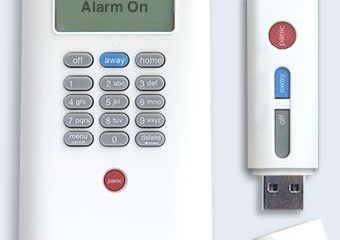
 Gadgets3 years ago
Gadgets3 years agoWhat Is The Purpose Of Red Button On The SimpliSafe Keypad?
-

 Gadgets3 years ago
Gadgets3 years agoComplete Guide About Equalizer settings for Samsung-Soundbar
-
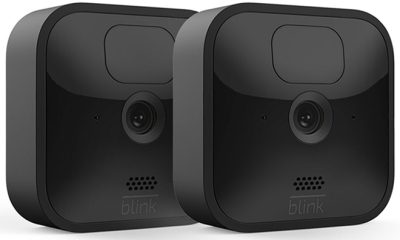
 Accessories2 years ago
Accessories2 years agoBlink Camera’s Temperature Sensor Settings, and More
-

 Gadgets3 years ago
Gadgets3 years agoFitbit Symbols Meaning: What Do The Fitbit Icons Mean?
-

 Solutions3 years ago
Solutions3 years agoWhy is My Samsung TV Picture So Dark? Exploring the Possible Causes
-

 Accessories2 years ago
Accessories2 years agoCan Siri Control Samsung Televisions And Are Samsung TVs Homekit Compliant?
























































































